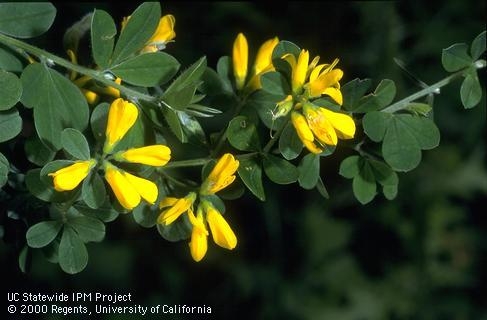
Invasive plants can reduce native plant and animal diversity, threaten endangered species habitat, and increase wildfire and flood danger. Most invasive plants were introduced as ornamentals from the retail nursery industry, or for the purposes of soil stabilization, animal forage, human food, fiber, or medicinal plants. Some may still be found for sale at retail nursery and garden centers, including the following:
pampasgrass (Cortaderia selloana) big periwinkle (Vinca major)
water hyacinth (Eichhornia crassipes) Scotch broom (Cytisus scoparius)
English ivy (Hedera helix) crimson fountaingrass (Pennisetum setaceum)
Mexican feather grass (Stipa tenuissima)
Continue learning more about invasive plants by reading the Pest Notes: Invasive Plants. Remember to stay tuned for more blog posts during California Invasive Species Action Week.
Resources
California Invasive Plant Council
Better Choices for California on the PlantRight website
Contributor - Associate Director for Urban & Community IPM/ Area Urban IPM Advisor